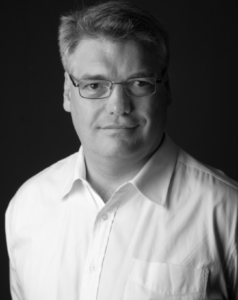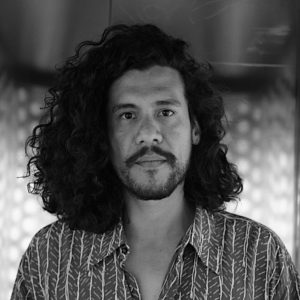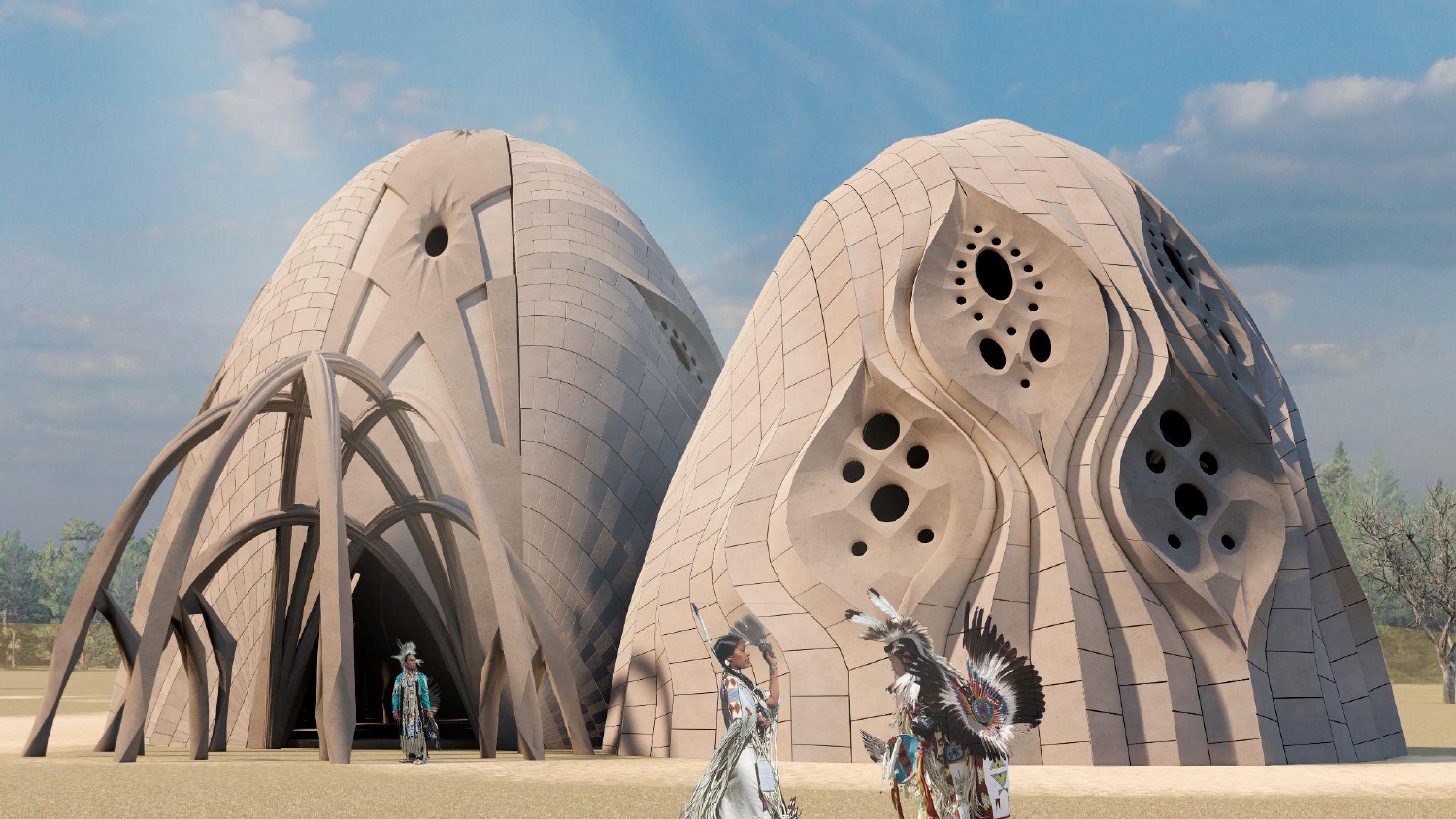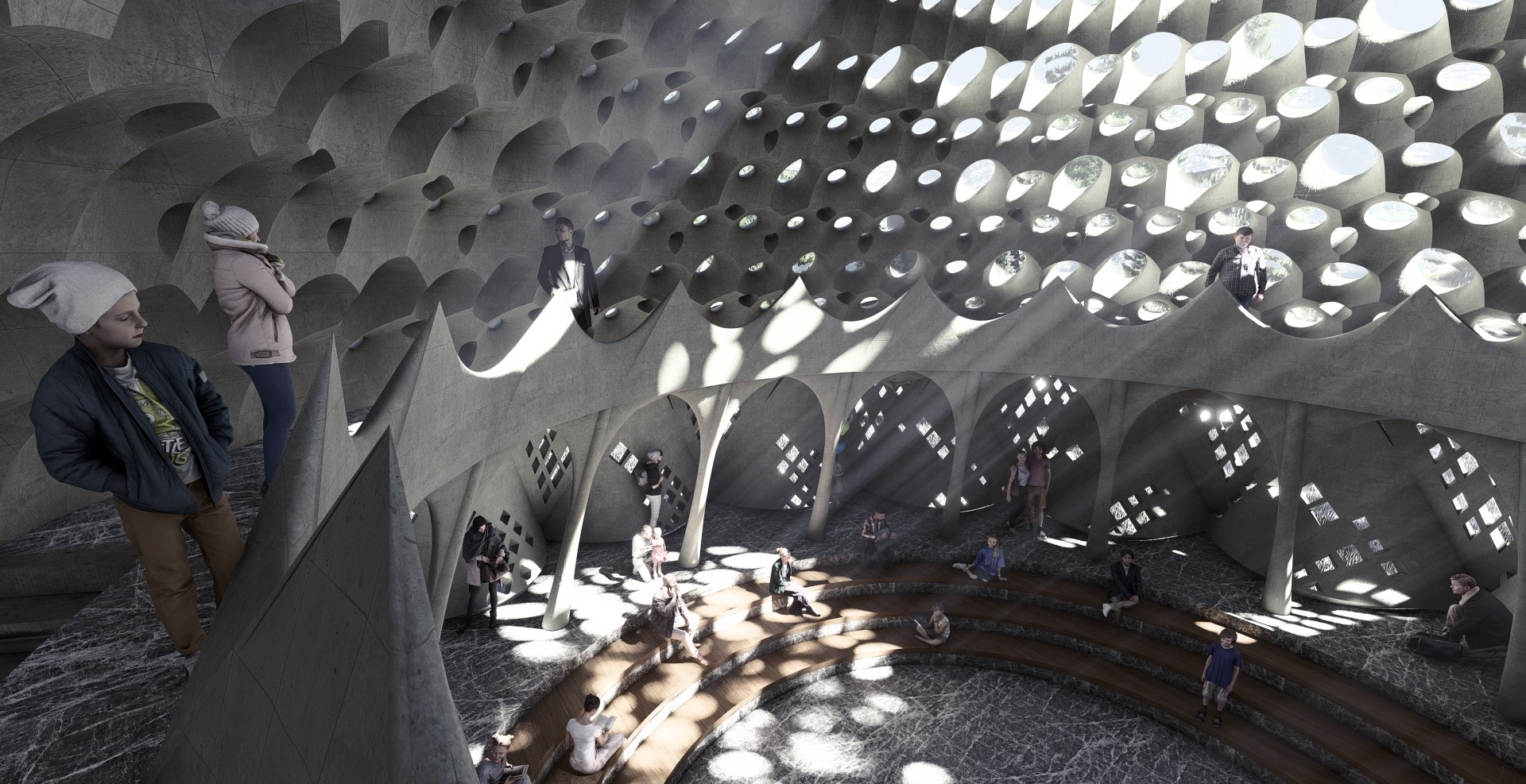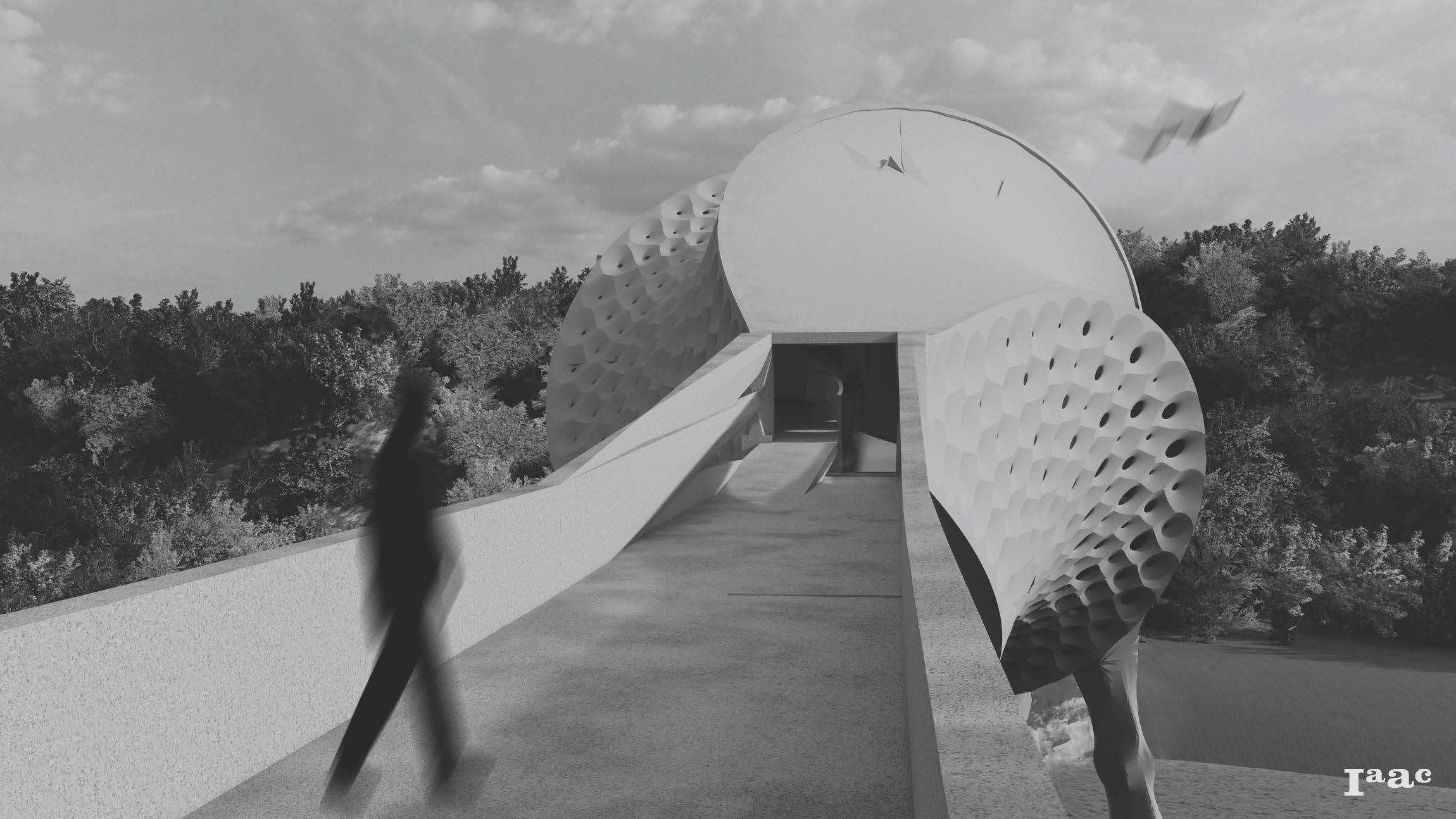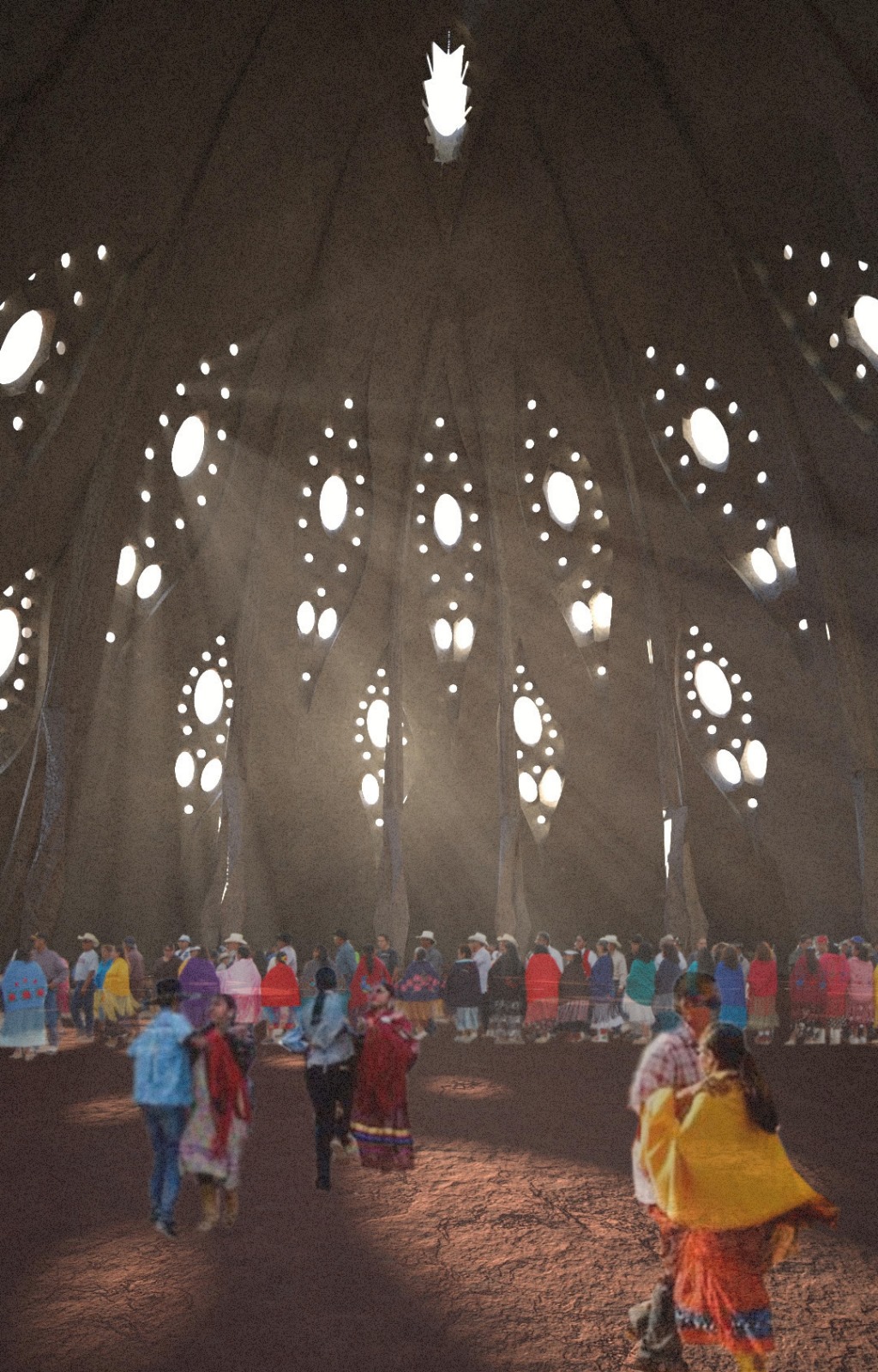
Credits: After Gaudí Seminar, Hyper-wall, MAA01 2020/21
Perturbation: The deviation of a system, process, etc., from its regular or normal state or path, caused by an outside influence;
Perforation: A hole made by boring, punching, or piercing; an aperture passing through or into anything.
Thinking beyond the environmental crassness of commercial buildings and their typical floor to ceiling glazing, external walls can be optimised to protect the interior from the weather outside minimising energy use. External walls, however, present many conundrums, dilemmas, and paradoxes to the designer depending on climate, geography, and context. In a warm climate, for example, larger perforations to the wall aim to bring as much light as possible into the interior yet they need to be made smaller to limit unwanted heat gain – the classic parametric ‘trade-offs’. In cooler climates, window openings might need to be sculpted to perform as light scoops in winter and light shades in summer. Using appropriate geometry, wall openings can be styled to perform differently depending on the season, sun position and time of day.
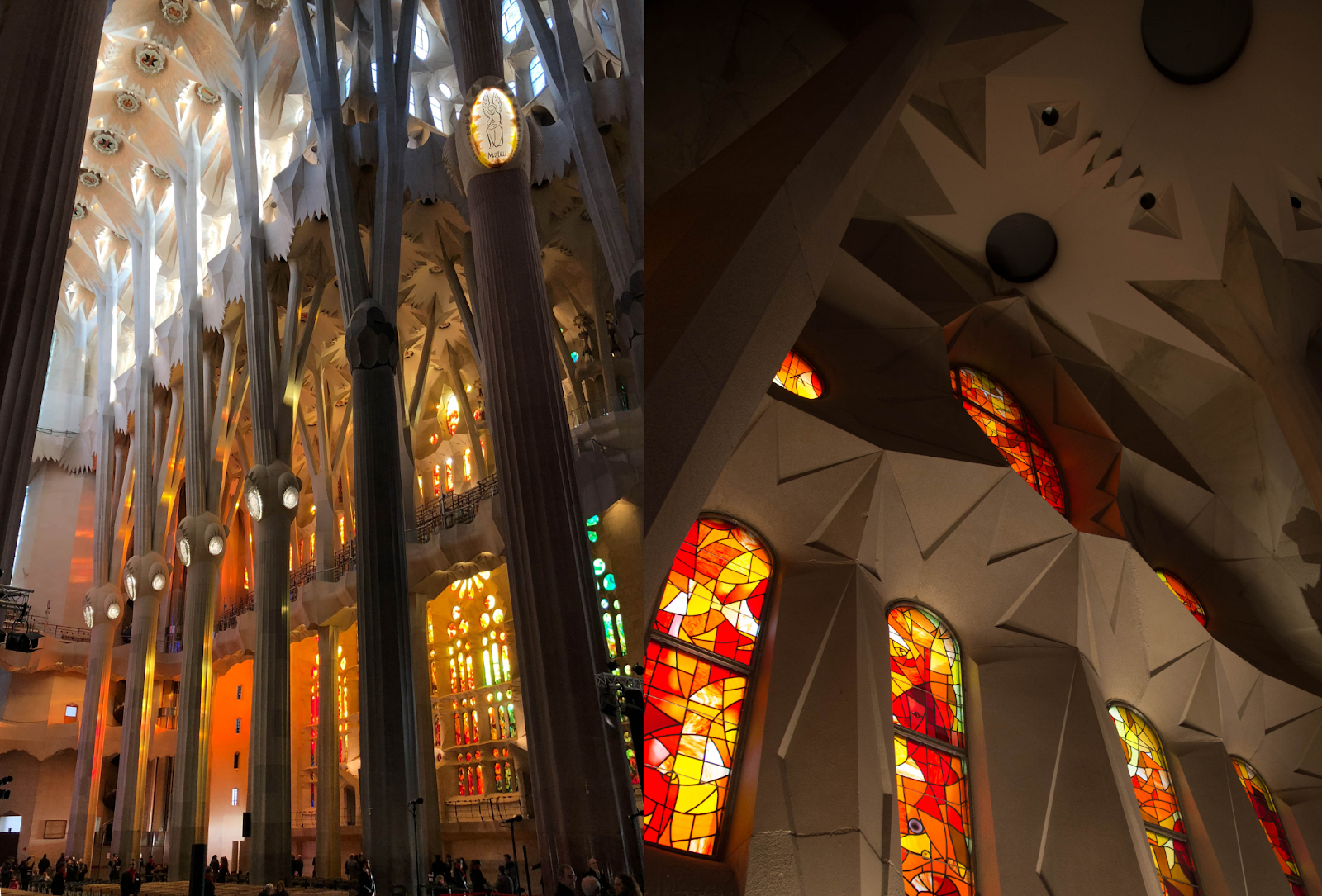
Credits: Mark Burry
Architect Antoni Gaudí understood all this, and in his final work for the Sagrada Família Basilica, he introduced the hyperboloid of revolution (of one sheet) as his principal crafting tool to sculpt all the basilica’s window openings. Each hyperboloid geometry has 9 parametric variables that can be configured infinitely of itself, and as a unique instance with regard to its spatial relationship with its neighbours forming the characteristic perturbations and perforations we see today. Tweaking just a single variable can have a profound effect on the sculpted outcome; tweaking all 9 offers unprecedented possibilities for the creative designer motivated by the beauty of light being guided to illuminate the interior while seeking optimal environmental performance. The world has been slow to take-up Gaudí’s lessons and this seminar aims to pick-up where Gaudí left off.
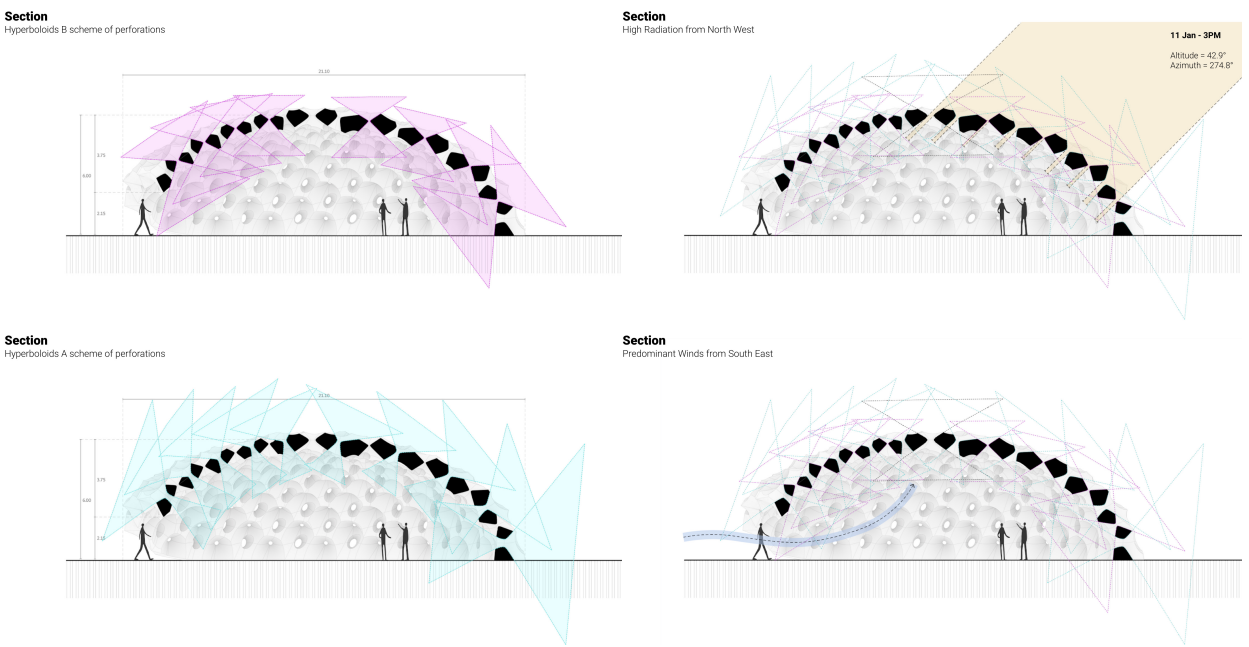
Credits: After Gaudí Seminar, Perforating Light, MAA01 2021/22
Throughout this course, participants will be introduced to the subtleties of Gaudi’s parametric design and reveal the richness of his use of hyperbolic geometry. Using the provided digital workbench, participants will develop tools for sculpting a building facade while simultaneously adapting hands-on techniques to experiment with intersecting hyperboloids. Furthermore, an additional layer of optimization will be introduced and adapted to craft the facade parametrically with maximum environmental performance criteria. The aim is to develop a system that provides sufficient light to the interior while illuminating it with the beauty and subtlety of the Sagrada Familia Basilica.

Credits: After Gaudí Seminar, Perforating Light, MAA01 2021/22
Finally, with the aid of robotic fabrication participants will produce a series of big scale facade modules to test the effectiveness of the simulation software in respect to the environmental performance and aesthetic outcome.

Credits: After Gaudí Seminar, MAA01 2021/22
Learning Objectives
At course completion the student will:
- Understand lesser-known but crucially innovative aspects of Gaudí’s design approach applicable for our time.
- Explore the role of the architect to adopt design strategies more familiar to the sculptor.
- Compare and contrast physical and digital representations of design intentions, especially with regard for planned-for environmental performance.
- Introduce participants to the subtleties of Gaudí’s parametric design.
- Experience working with geometries that have 9 degrees of freedom (parametric variables) with an aim of establishing how less can lead to more.
- Adopt optimisation tools to craft the façade parametrically with maximum environmental performance criteria.
- Learn robotic fabrication strategies for the production of big scale models.






